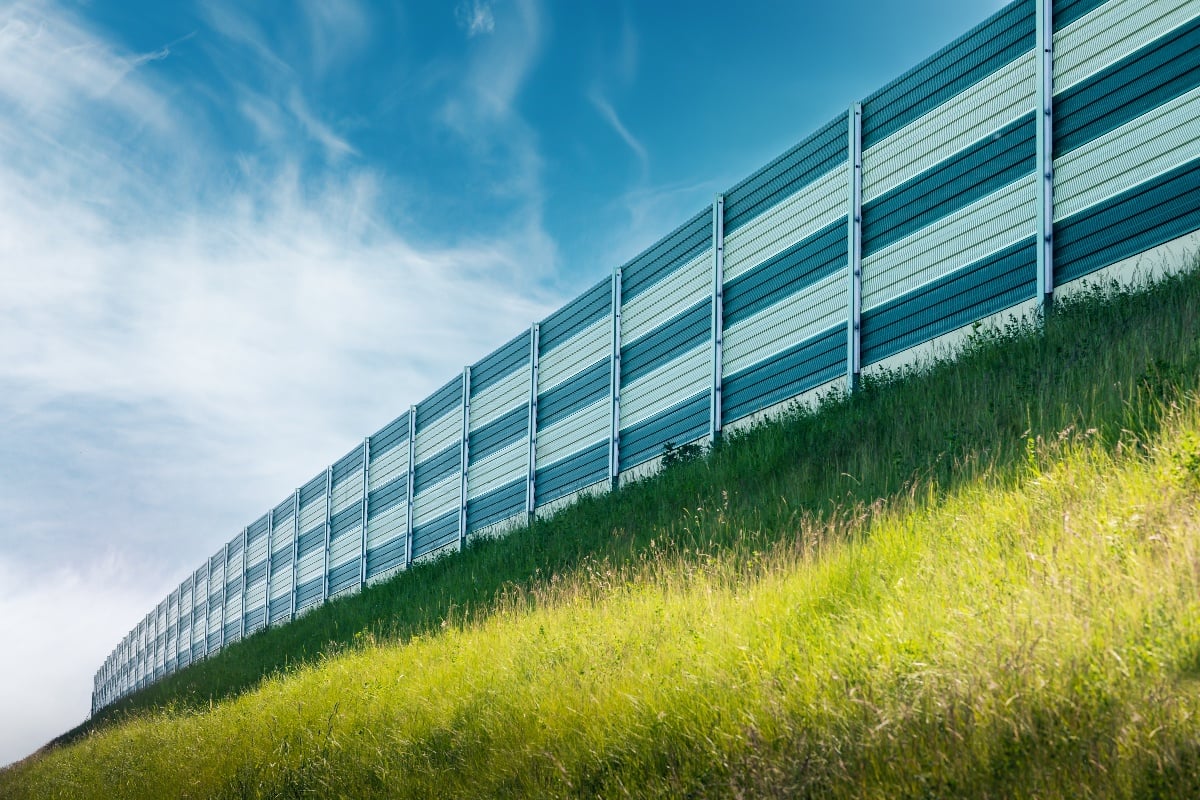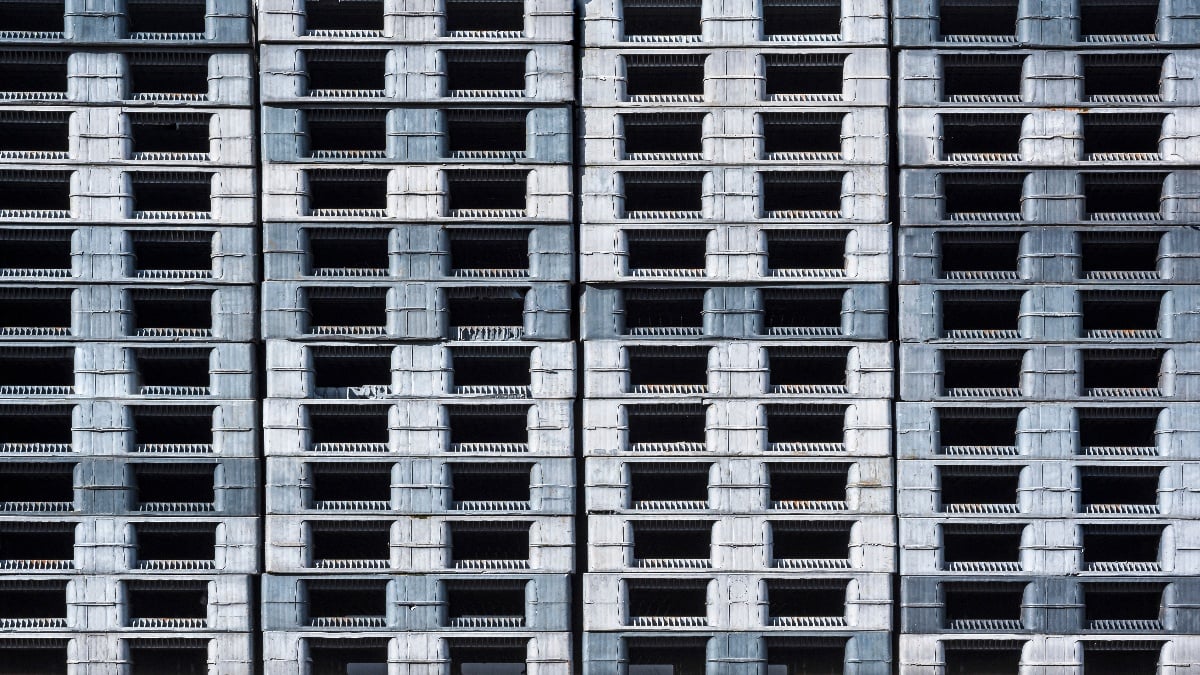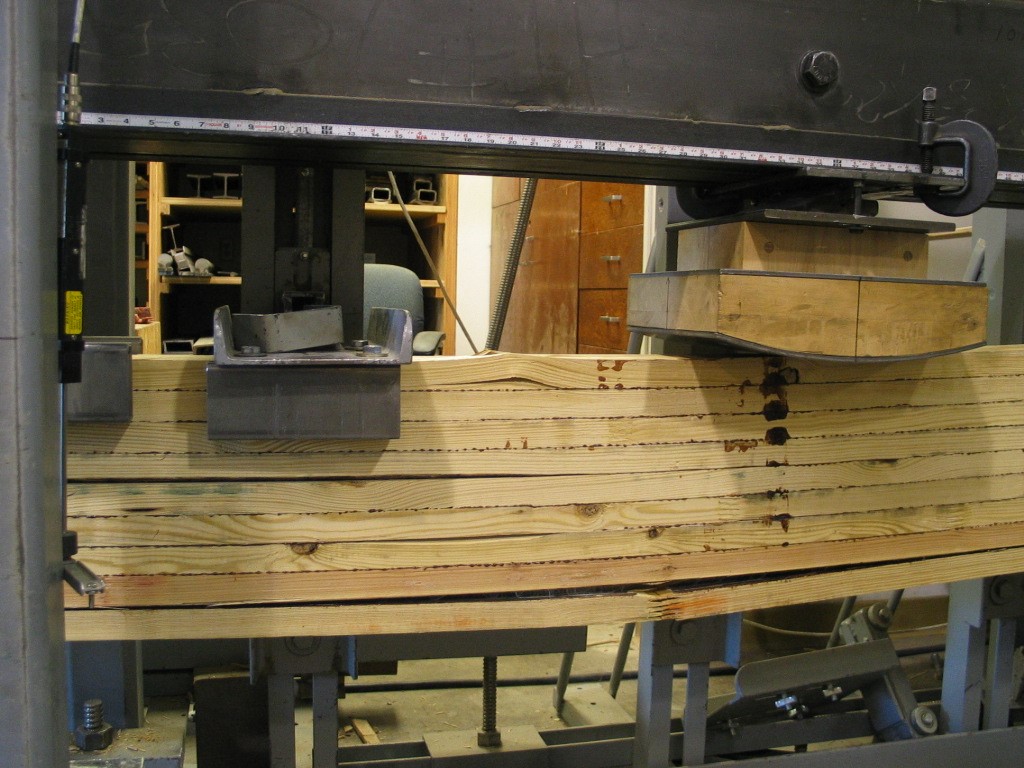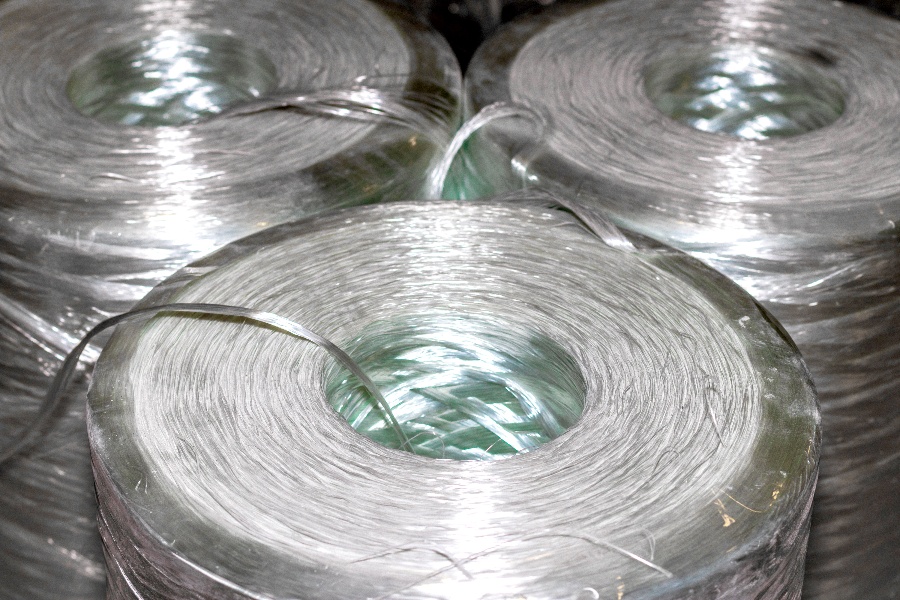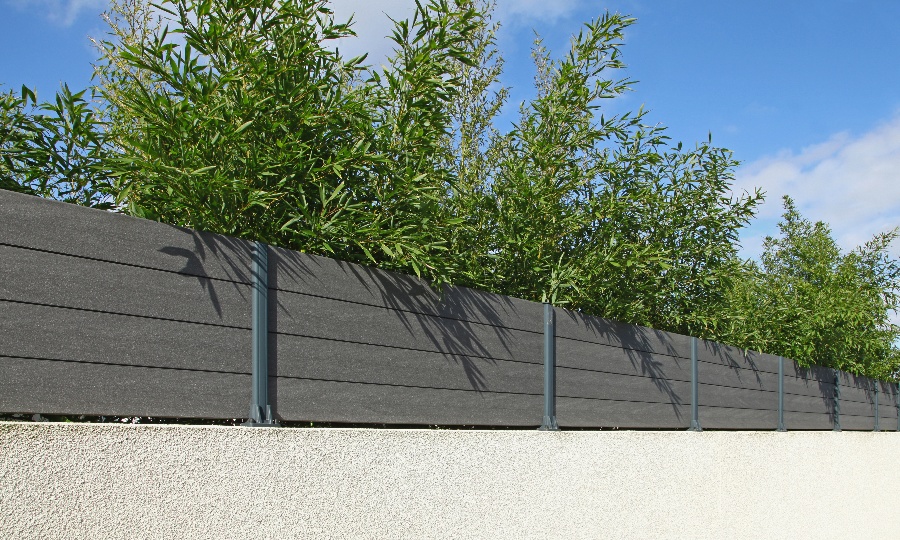
The market for fiber-reinforced plastic was estimated at about $68 billion in 2020 and is expected to reach $109 billion by 2026.
This material is increasingly important in many areas of manufacturing. But what exactly is it? Our goal in this post is to get you up to speed on all the basics you need to know.
What Is Fiber-Reinforced Plastic?
Fiber-reinforced plastic is a composite material that combines a matrix (that’s the plastic part) with a reinforcing fiber of some kind. The fibers embedded in the hardened plastic help it to hold together with much greater strength than the matrix alone would possess.
Plastic is a synthetic form of polymer, which is a molecule that has a chain-like structure comprised of many small, repeating links. Polymers can be found in nature; a tortoiseshell is one example. Plastics, however, are created chemically.
Because plastics are polymers, you will also see the term fiber-reinforced polymer. This refers to the same thing. Both can be abbreviated as FRP. You may also come across the acronym GFRP. This stands for glass-fiber-reinforced polymer, which is a specific type of FRP.
When Was Fiber-Reinforced Plastic Invented?
Humans have been using fibers to reinforce a matrix for a very long time. In ancient Mesopotamia, for instance, they used a straw to reinforce mud bricks. But the first fully-synthetic polymer, named Bakelite, was not created until 1907 by the American chemist Leo Baekeland. Shortly after its invention, Baekeland added asbestos fibers as a reinforcement to Bakelite. This was the first instance of FRP.
Though Bakelite was a popular product, the real explosion in the market for fiber-reinforced plastic came a bit later. In the 1930s, Games Slayter and Dale Kleist pioneered new techniques for producing glass fibers cheaply and abundantly. These fibers were combined with new polymers developed in the early 1940s to create fiberglass. This new composite was economical and easy to make, helping to rapidly expand the uses for FRP. Fiberglass (or GFRP) is today the most widely-used FRP.
Which Types of Fibers Can Be Used to Reinforce Plastics?
We have just mentioned glass fibers, which are the most common fiber used for reinforcing plastic. Not all glass fibers are the same, however. Chemists have developed different formulas for glass fibers and even different manufacturing techniques depending upon the desired qualities of the finished product. Some glass formulas, for instance, are especially good thermal or electrical insulators. Others are created to resist chemical corrosion. Still, others are made to be particularly strong.
Another fiber type that is becoming more common is carbon fiber. Instead of glass, these fibers are made of long chains of carbon atoms. Though it depends upon the particular glass fiber we’re talking about, carbon fibers are generally a bit stronger, stiffer, and lighter than glass fibers.
For specialized applications, sometimes aramid (or aromatic polyamide) fibers are also used. You may have heard of this fiber under the brand name Kevlar. In addition to being used in bullet-proof vests, this tough fiber also shows up in composites used in the aerospace and auto industries.
Contemporary materials engineers are even returning to fibers that have been used by humans for centuries, like hemp, as a source of renewable and environmentally-friendly reinforcements. At this point, however, uses for these kinds of fibers are limited, since their performance characteristics cannot match their synthetic counterparts.
What Are Some Advantages of Fiber-Reinforced Plastics?
Speaking of performance characteristics, what makes FRPs so attractive to manufacturers in many areas? In general, composites are a great way to combine the strengths of two or more materials to end up with a finished product that is superior to either material on its own.
The main function of reinforcing fibers is to add strength. This makes intuitive sense. The long strands bonded to the matrix and running through it make it harder to break, bend, or stretch. Fibers can also add many other advantages, however. They can increase elasticity, which means the capacity for the composite to bend without being permanently deformed. They can increase impact resistance and prolong wear. They can allow the composite to act as an efficient thermal or electrical insulator. They can increase durability and resistance to environmental factors like heat, moisture, and chemicals. They can help create a material that is very strong for its weight.
The result of this process of reinforcing a plastic matrix with different kinds of reinforcing fibers is the creation of incredibly strong, light, durable, and corrosion-resistant materials. There are lots of industries where that combination of properties is very useful.
What Are the Main Uses of Fiber-Reinforced Plastic?
What are those industries in particular? FRP is widely used in:
- Infrastructure and Construction: There are many applications in these areas where high strength and low weight, combined with durability, are desirable. FRP is used in things like pedestrian bridges, composite decking, reinforcing elements in structural beams, and various kinds of piping.
- Aerospace and Automotive: Commercial jet construction increasingly relies upon composites for lighter-weight components like wings that can reduce fuel consumption while improving corrosion resistance. The Boing 787 Dreamliner, for instance, is 80% composites by volume. Low-weight, durable components are used in cars for the same reasons.
- Sporting Goods: FRP has proven a good material for everything from surfboards to golf clubs to tennis rackets because of its outstanding strength to weight ratio.
How Is Fiber-Reinforced Plastic Made?
There are three main forms of fabrication. The first is to use a mold to build up the fiber (often in woven mats) and polymer in the desired shape. The materials can be sprayed on or hand-applied. The second is to use the common manufacturing techniques of compression or injection molding. In these cases, short reinforcing fibers are mixed into the liquid polymer, which is hardened into the desired form in the mold.
Finally, the strongest FRP materials are usually created using pultrusion, which is a process that draws long reinforcing fibers through a liquid polymer bath before passing them through a heated die which cures the polymer, creating the finished product.
How Can I Source Custom FRP Components?
Not everyone reading this article will have this last question, but if you are involved in the manufacturing process and wonder whom you can contact about using fiber-reinforced plastic, we’d love to talk. Our engineers have decades of experience helping designers, builders, and manufacturers in various industries turn their ideas into reality. Get in touch today.




